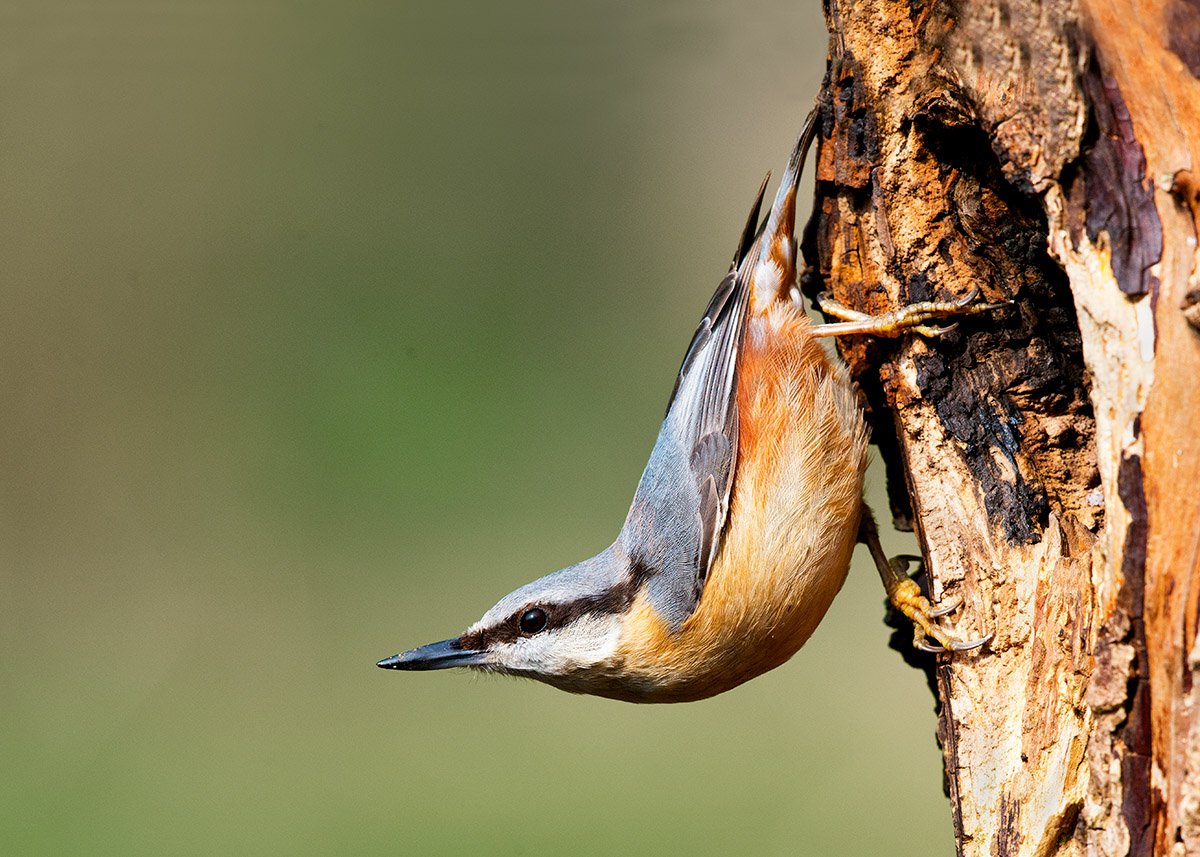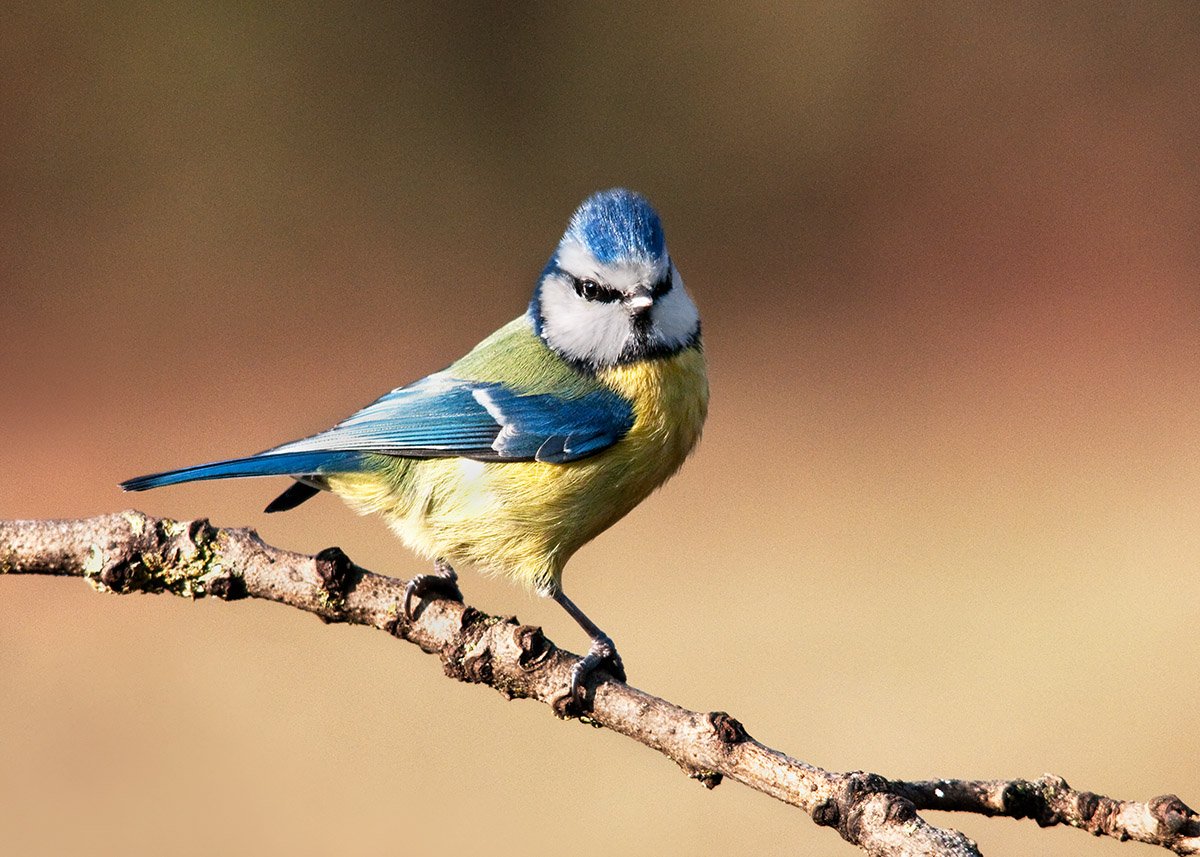 Image 1 of
Image 1 of


Siskin
The siskin is a vibrant and energetic bird species known for its striking plumage and lively behaviour. Here's an overview of this delightful bird:
Appearance: Siskins are small finches with bright yellow-green plumage, streaked with black on their backs and wings. They have black crowns and bibs, with yellow patches on their wings and tails. Male siskins typically have brighter plumage and more extensive black markings than females, especially during the breeding season.
Habitat: Siskins are found in a variety of habitats, including coniferous and mixed woodlands, as well as parks, gardens, and scrublands. They prefer areas with plenty of trees and shrubs for nesting and foraging, especially those with abundant conifer seeds.
Behaviour: Siskins are active and agile birds often seen foraging in small flocks, particularly during the winter months. They feed on a variety of seeds, including those from alder, birch, and spruce trees, as well as insects and berries. Siskins have a distinctive flight pattern, with rapid, fluttering wingbeats and twists and turns in the air.
Diet: Siskins have a primarily herbivorous diet, feeding on a variety of seeds, buds, and berries. They use their small, pointed bills to extract seeds from cones and to probe for insects in crevices. Siskins may also visit bird feeders, especially during the winter months when natural food sources are scarce.
Breeding: Breeding season for siskins typically occurs in spring and summer. They build cup-shaped nests from grasses, twigs, and other plant materials, often located in conifer trees. The female lays a clutch of eggs, usually numbering between 3 to 6, which she incubates for around two weeks. Both parents share in the feeding and care of the young until they fledge.
Conservation: Siskins are widespread and common throughout much of their range, but they may face threats from habitat loss, particularly the loss of mature trees and coniferous woodland habitat. Conservation efforts focus on preserving and restoring suitable habitat, as well as providing supplemental food sources in gardens and urban areas during the winter months.
Overall, the siskin's vibrant plumage, lively behaviour, and cheerful presence make it a beloved and cherished bird species among birdwatchers and nature enthusiasts.
The siskin is a vibrant and energetic bird species known for its striking plumage and lively behaviour. Here's an overview of this delightful bird:
Appearance: Siskins are small finches with bright yellow-green plumage, streaked with black on their backs and wings. They have black crowns and bibs, with yellow patches on their wings and tails. Male siskins typically have brighter plumage and more extensive black markings than females, especially during the breeding season.
Habitat: Siskins are found in a variety of habitats, including coniferous and mixed woodlands, as well as parks, gardens, and scrublands. They prefer areas with plenty of trees and shrubs for nesting and foraging, especially those with abundant conifer seeds.
Behaviour: Siskins are active and agile birds often seen foraging in small flocks, particularly during the winter months. They feed on a variety of seeds, including those from alder, birch, and spruce trees, as well as insects and berries. Siskins have a distinctive flight pattern, with rapid, fluttering wingbeats and twists and turns in the air.
Diet: Siskins have a primarily herbivorous diet, feeding on a variety of seeds, buds, and berries. They use their small, pointed bills to extract seeds from cones and to probe for insects in crevices. Siskins may also visit bird feeders, especially during the winter months when natural food sources are scarce.
Breeding: Breeding season for siskins typically occurs in spring and summer. They build cup-shaped nests from grasses, twigs, and other plant materials, often located in conifer trees. The female lays a clutch of eggs, usually numbering between 3 to 6, which she incubates for around two weeks. Both parents share in the feeding and care of the young until they fledge.
Conservation: Siskins are widespread and common throughout much of their range, but they may face threats from habitat loss, particularly the loss of mature trees and coniferous woodland habitat. Conservation efforts focus on preserving and restoring suitable habitat, as well as providing supplemental food sources in gardens and urban areas during the winter months.
Overall, the siskin's vibrant plumage, lively behaviour, and cheerful presence make it a beloved and cherished bird species among birdwatchers and nature enthusiasts.
The siskin is a vibrant and energetic bird species known for its striking plumage and lively behaviour. Here's an overview of this delightful bird:
Appearance: Siskins are small finches with bright yellow-green plumage, streaked with black on their backs and wings. They have black crowns and bibs, with yellow patches on their wings and tails. Male siskins typically have brighter plumage and more extensive black markings than females, especially during the breeding season.
Habitat: Siskins are found in a variety of habitats, including coniferous and mixed woodlands, as well as parks, gardens, and scrublands. They prefer areas with plenty of trees and shrubs for nesting and foraging, especially those with abundant conifer seeds.
Behaviour: Siskins are active and agile birds often seen foraging in small flocks, particularly during the winter months. They feed on a variety of seeds, including those from alder, birch, and spruce trees, as well as insects and berries. Siskins have a distinctive flight pattern, with rapid, fluttering wingbeats and twists and turns in the air.
Diet: Siskins have a primarily herbivorous diet, feeding on a variety of seeds, buds, and berries. They use their small, pointed bills to extract seeds from cones and to probe for insects in crevices. Siskins may also visit bird feeders, especially during the winter months when natural food sources are scarce.
Breeding: Breeding season for siskins typically occurs in spring and summer. They build cup-shaped nests from grasses, twigs, and other plant materials, often located in conifer trees. The female lays a clutch of eggs, usually numbering between 3 to 6, which she incubates for around two weeks. Both parents share in the feeding and care of the young until they fledge.
Conservation: Siskins are widespread and common throughout much of their range, but they may face threats from habitat loss, particularly the loss of mature trees and coniferous woodland habitat. Conservation efforts focus on preserving and restoring suitable habitat, as well as providing supplemental food sources in gardens and urban areas during the winter months.
Overall, the siskin's vibrant plumage, lively behaviour, and cheerful presence make it a beloved and cherished bird species among birdwatchers and nature enthusiasts.
Printed on Epson Premium glossy paper using Epson UltraChrome inks, your print is guaranteed to showcase incredible quality with rich, vibrant colors. Thanks to Epson's advanced ink technology, your print will retain its stunning appearance for years to come.
Each detail of your image will be brought to life with remarkable clarity and precision, capturing the essence of the scene as if you were there in person. Whether it's the vivid hues of a sunset or the intricate details of a landscape, every aspect will be rendered with breathtaking accuracy.
Standard UK shipping is included in the price, ensuring that your print arrives safely and promptly. For customers located in the UK Highlands and Islands or overseas, please feel free to contact me for a shipping quote tailored to your location.
Experience the beauty of your favorite scenes in stunning detail with a print that exceeds expectations, made possible by Epson UltraChrome inks and premium glossy paper.





